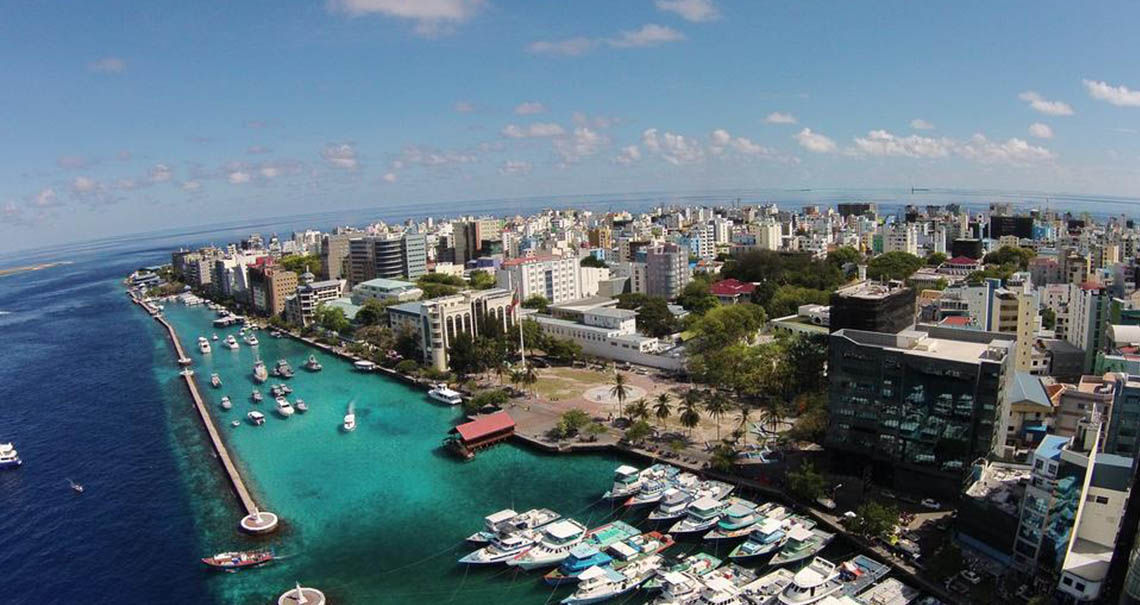Fitch affirms stable rating for Maldives
The outlook balances strong economic growth against a high debt burden.

12 May 2019, 9:00 AM
Global credit rating agency Fitch Ratings has affirmed the B+ stable outlook assigned to the Maldives, balancing strong economic growth driven by the tourism sector against a high debt burden and low foreign currency reserves.
One of the top three rating agencies in the world, Fitch assigned a sovereign credit rating to the Maldives in early 2017 after Moody’s was enlisted ahead of a move to sell US$200 million worth of sovereign bonds.
“The Maldives’ strong GDP growth outlook is underpinned by a continued rise in the number of tourists, the construction of new resorts, and investment in some large public-sector infrastructure and housing projects,” Fitch observed in a press release last week.
The agency predicted growth to remain high at 6.5 percent this year, down from 7.6 percent in 2018, “an election year in which construction was particularly strong.”
Become a member
Get full access to our archive and personalise your experience.
Already a member?
Discussion
No comments yet. Be the first to share your thoughts!
No comments yet. Be the first to join the conversation!
Join the Conversation
Sign in to share your thoughts under an alias and take part in the discussion. Independent journalism thrives on open, respectful debate — your voice matters.




